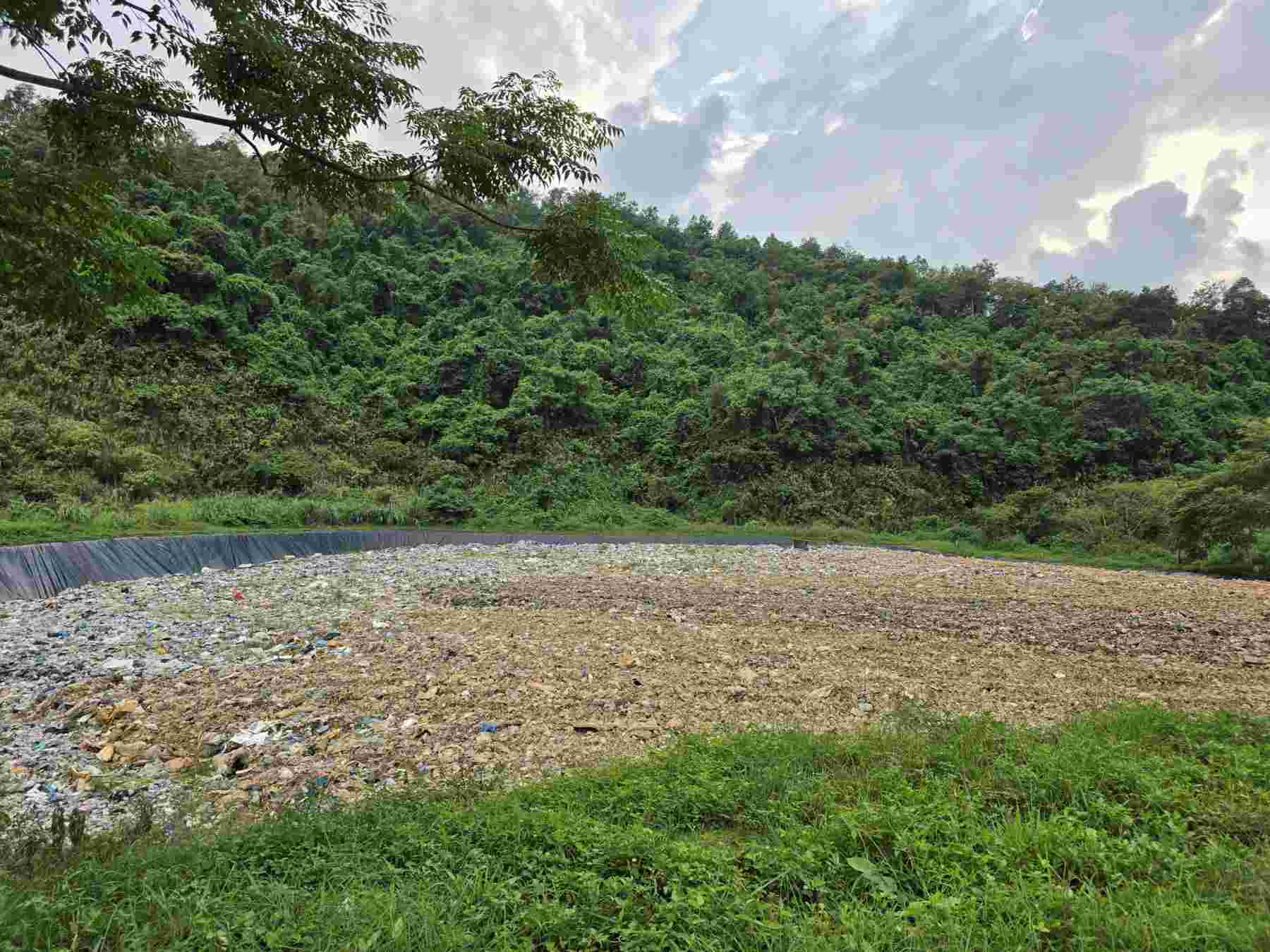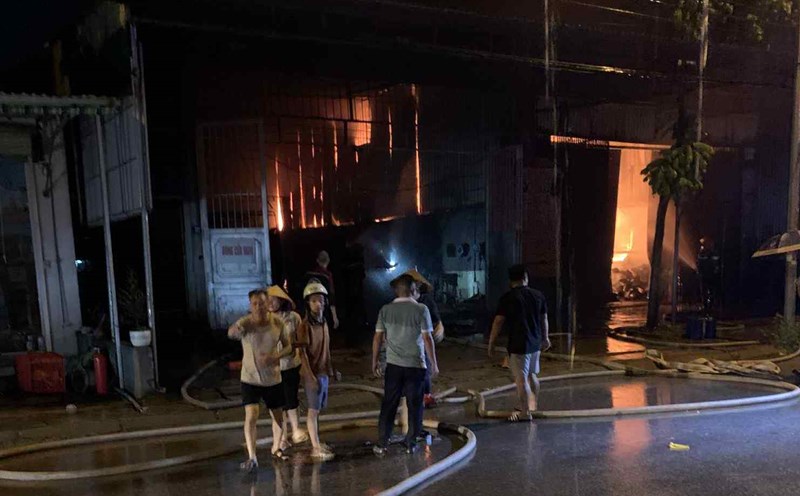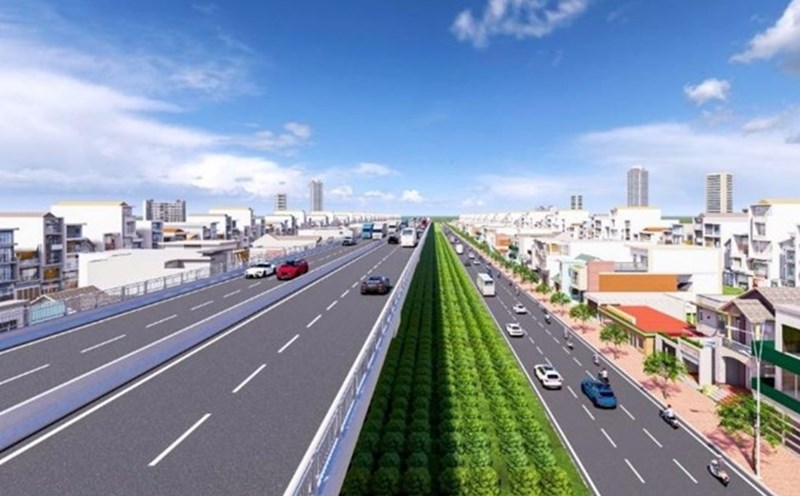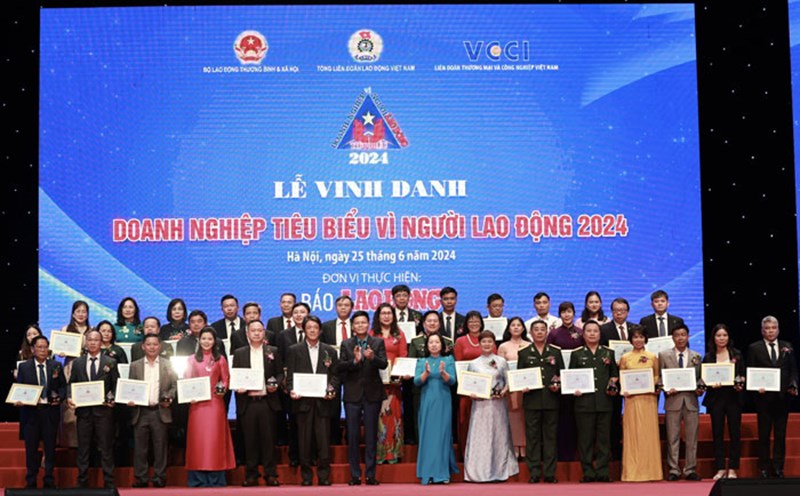Full of garbage, abandoned incinerators
The Khuoi Kep - Na Lan waste treatment project, Tan Giang ward (formerly Chu Trinh commune, Cao Bang city) was invested with the expectation of becoming the main waste treatment point for the city. However, after more than a decade of implementation, the project is in a state of disrepair, many items are abandoned, ineffective, causing a large waste of State capital.
The project was first approved in 2010 with a total investment of about 25 billion VND. After many years of adjustment and extending the construction time, the total investment capital increased to nearly 50 billion VND. Cao Bang Provincial Development and Environmental Investment Company is the investor and also the main construction contractor.
While the waste is increasingly congested and piled up at the landfill, a properly invested incinerator with a total cost of 2.8 billion VND has been abandoned since 2019. The incinerator has a capacity to process about 500kg of waste per hour, and was once expected to be an effective and environmentally friendly waste treatment solution.
However, after the trial operation phase at the end of 2017, the project was not officially handed over for use, leading to desertification, rusty machinery, broken corrugated iron roofs, and the entire operating housing area was seriously degraded.
Actual records on July 29 show that the Khuoi Kep - Na Lan landfill only applies manual landfill methods. Meanwhile, the system of the leachate collection and treatment project was completely damaged and not working. Equipment and infrastructure works for waste treatment such as excavators, bulldozers, hazardous waste storage facilities, wastewater treatment areas, etc. are all degraded and unusable.
More worryingly, the management and operation here has not complied with the technical procedures of the hygienic landfill. Waste is not regularly leveled, compacted, or filled; the use of biological products, insect repellents, or lime sprayed to deodorize and kill flies and mosquitoes is also not implemented periodically, posing a high risk of environmental pollution.
The landfills are basically full (over 80%) with only box 02 still capable of receiving more waste, but according to the expected increase in the amount of waste generated daily, this landfill will be overloaded in the coming time.
Ms. Nguyen Thi Trang (name changed), a resident living near the landfill, was upset: "Every time it's sunny and raining, the stench is very unpleasant, greatly affecting the lives of people around the area."

field errors
According to the approved environmental impact assessment (EIA) report, the Khuoi Kep - Na Lan waste treatment area project is divided into two phases. However, so far only a part has been completed, while phase two has not been implemented. The abandonment or inability of waste treatment facilities has caused a huge waste of public investment capital.
The cause of this situation, according to Report No. 2643 of the Department of Natural Resources and Environment of Cao Bang province, originates from the initial survey and design stage. Technical specifications and design options are not suitable for actual conditions, exceeding investment norms, leading to a situation of "the investment cannot be completed and cannot be operated".
The shortage of funding and human resources is also one of the main reasons for the project to be abandoned. In particular, the leachate treatment system - a key item in environmental treatment - has seriously degraded without a plan for renovation, leading to a significant decline in investment efficiency.
In addition, the equitization process of Cao Bang Provincial Environment and Development Investment Company is also affecting the progress and capacity to manage and operate related items at this waste treatment area.
Faced with long-standing problems, the provincial Department of Agriculture and Environment has proposed that the Provincial People's Committee direct relevant units to coordinate in reviewing and re-inspecting the entire Khuoi Kep - Na Lan project to assess, handle violations and promptly adjust them. At the same time, promptly issue maximum prices for domestic waste collection, transportation and treatment services to remove difficulties in bidding and payment of operating contracts.










